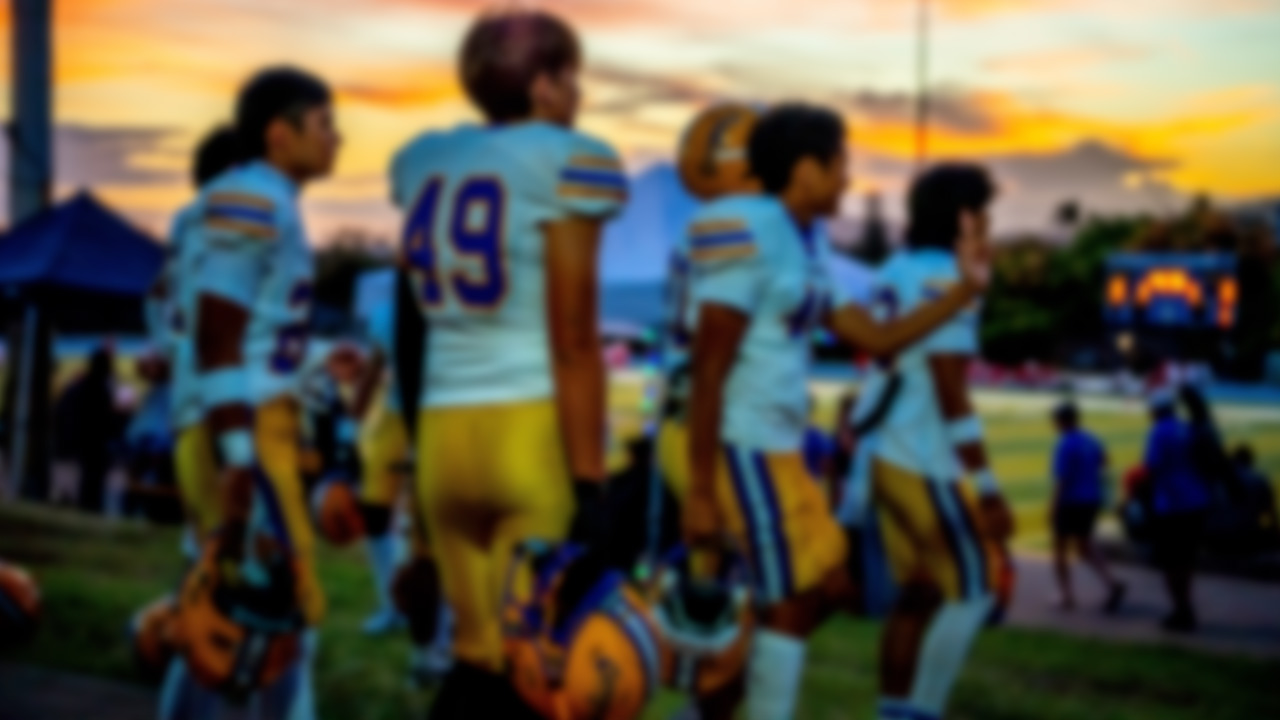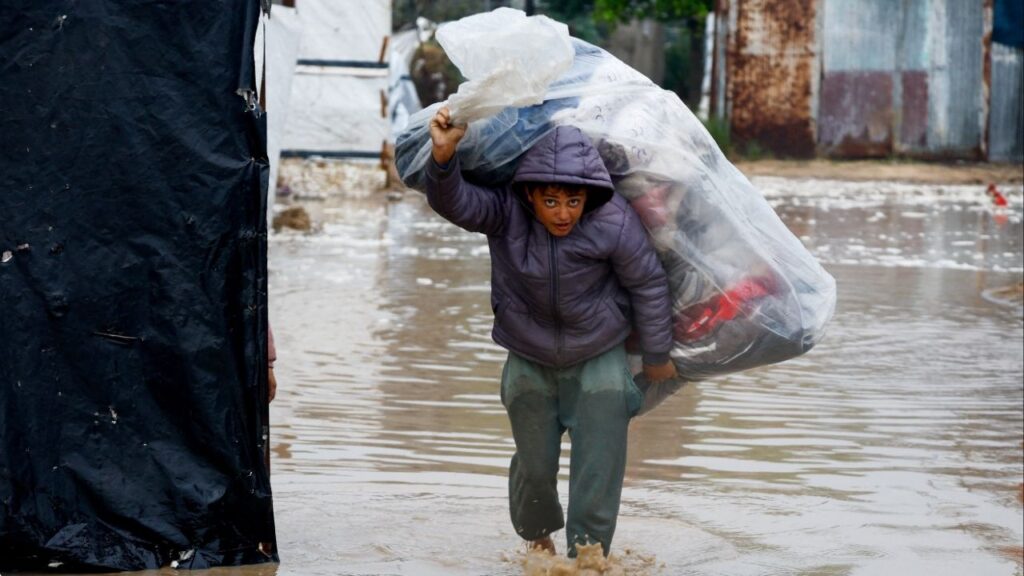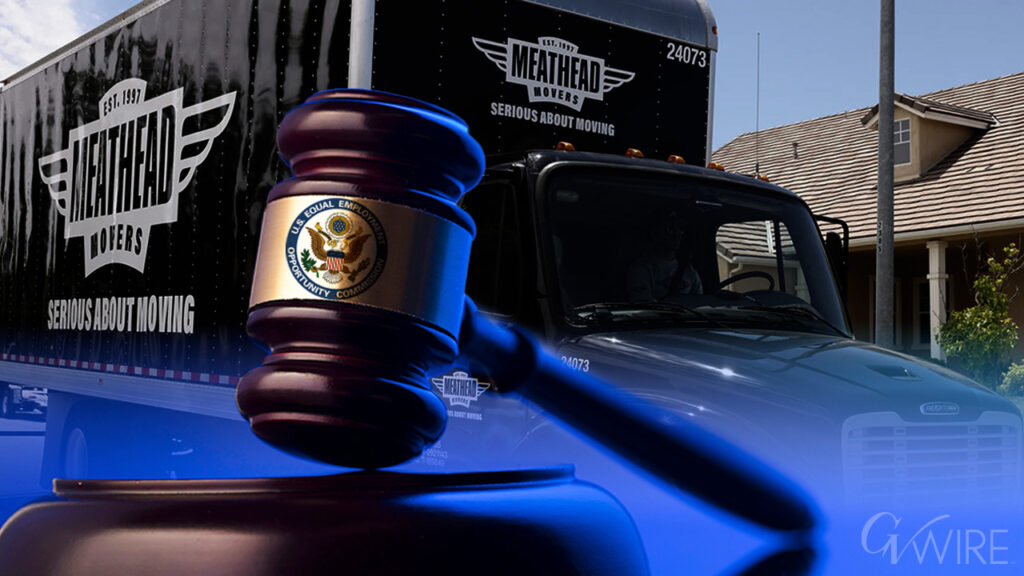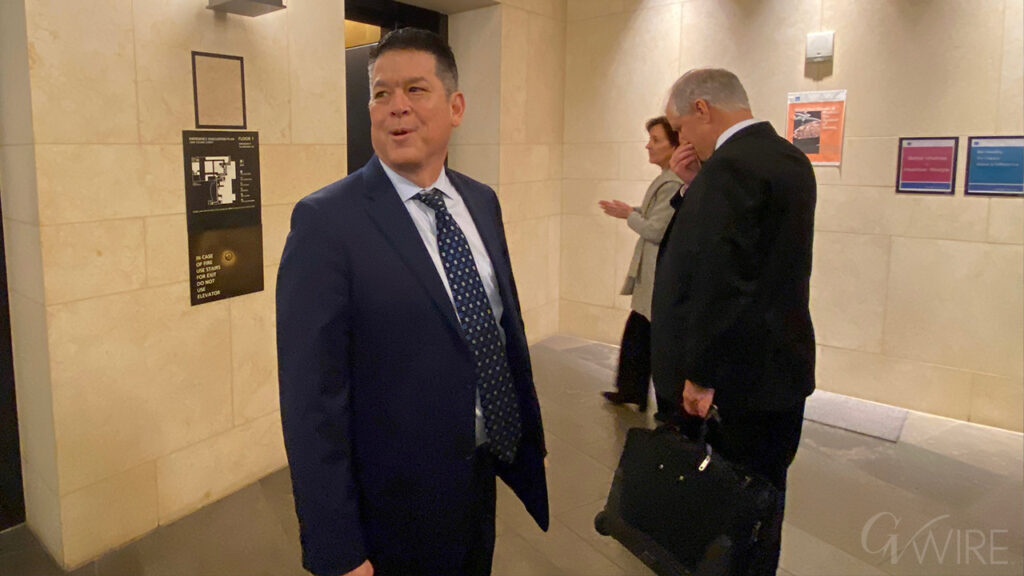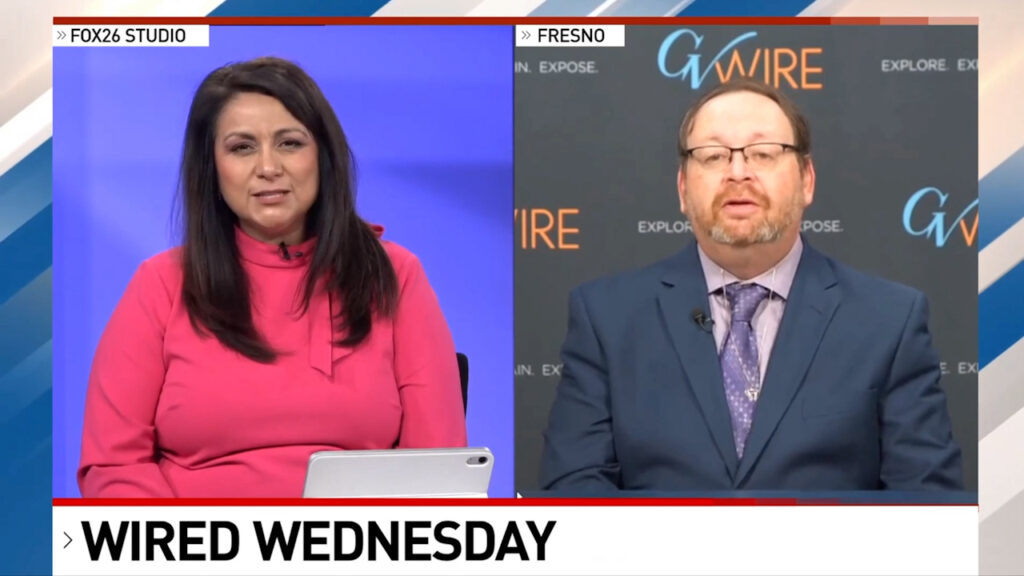A state law banning helmets and pads in the football offseason may have been an overcorrection, says football coach Don Arax. Valley Children's doctors are seeing a sharp rise in summer injuries. (Shutterstock)

- Valley Children's hospital has treated 12 nasal fractures this summer, resulting from football injuries, a sharp rise from previous years.
- California law bans helmets and protective gear in the offseason as well as full-contact drills.
- Central Valley Christian football coach Don Arax says the limited return of pads and helmets could prevent injuries and help teach proper techniques.
Share
After seeing an alarming spike in football players with facial injuries this summer, Valley Children’s doctors are warning Central Valley school districts and athletic programs about player safety.
High school football players aren’t allowed to participate in contact drills in the offseason, according to California law. After 2014’s AB 2127, athletic programs take back helmets and pads at the season’s end, said Brian Seymour, associate executive director of the California Interscholastic Federation, the organization overseeing high school athletics.
“It’s a period of time where there’s no equipment, so therefore it limits exposure to unnecessary hitting, unnecessary injury on the body,” Seymour said. “It’s just a period of time where you work on your fundamentals rather than on anything else.”
But Central Valley Christian football coach Don Arax thinks with this rule, the state has “overcorrected.” He advocates bringing back helmets and pads for limited use during spring practice, saying the equipment teaches students proper technique and keeps them safe.
“If we all did it the right way and they restricted the drills, it would make sense that in spring football we get the kids in pads so they get used to it,” Arax said. “It eliminates some of the facial stuff or even a shoulder injury that happens. Because you’re still running kids into each other without any gear by just doing what you’re doing. So maybe we overcorrected a little bit.”
Two Injuries Among the Most Severe Plastic Surgeon Has Treated
In the decade since the law’s passage, reported head injuries have gone down, Seymour said. What Valley Children’s doctors report this year, however, stands out.
Dr. Matthew Hiersche, medical director of pediatric plastic surgery at the hospital, said in a Monday news release that this summer he’s treated at least a dozen nasal fractures, far more than they usually treat. Two, he said, were especially bad.
“This summer, I treated at least 12 football-related injuries, and two were among the most severe I have seen in my career,” Hiersche said. “These injuries are preventable, and we need to better protect our young athletes.”
Representatives with Clovis Unified and Fresno Unified said the school districts strictly adhere to CIF rules. CUSD spokesperson Kelly Avants said their schools did not report any injuries of the kind described by Valley Children’s.
Valley Children’s didn’t disclose ages or where the injuries took place because of privacy laws.
Limited Pad Use Teaches Athletes Proper Technique: Arax
After the New York Times published its landmark concussion report in the late 2000s, Fresno Unified approached Arax — when he was Bullard High School’s coach — about whether it should continue off-season scrimmages and high-impact football camps, he said.
He said he recognized the time of year-round full-contact training was over. Soon after the consultation, Fresno Unified banned it in the offseason, and Clovis Unified followed suit, he said.
By 2015, AB 2127 came into effect, taking away helmets and protective gear until the next season officially begins.
“Which was the right decision at the time,” Arax said. “The problem we have now is you do want the kids in in gear from an instructive point of view — teaching proper blocking technique and tackling technique — low-impact stuff, not he stuff we used to do, which was full contact.”
Safety takes vigilance on the part of the coach, he said. Some coaches will run blocking drills without shields or pads.
The protective gear that students use in the offseason now resembles the skull caps football players used before helmets and faceguards came out.
Bringing back helmets gives athletes a truer sense of how they’ll play, Arax said. It also gives players the sense of safety to give it their all when doing tackling drills with bags.
“It’s not the whole summer, but you’re putting them in the limited pads so you can teach them proper technique, number one, and you can keep them free of the type of injuries (Valley Children’s) is talking about,” Arax said.


